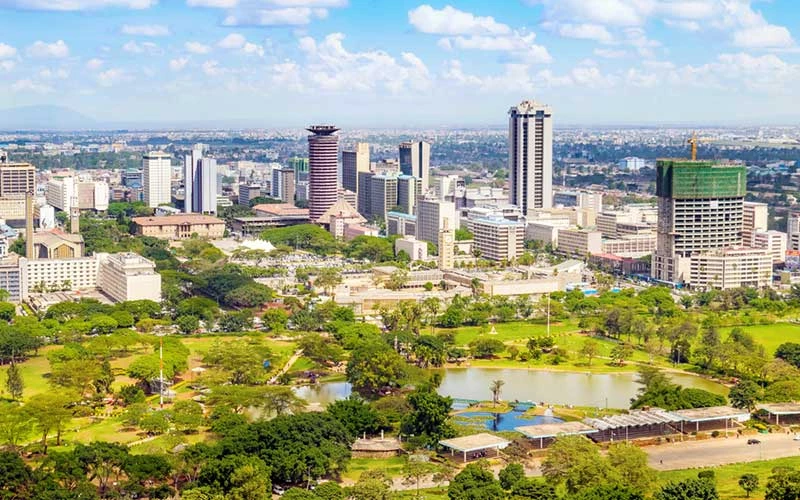In a recent report released by the Kenya National Bureau of Statistics (KNBS), findings regarding the economic disparities among Kenya’s 47 counties have been brought to light. This report measures the Gross County Product (GCP) of each county, its contribution to the total Gross Value Added (GVA), and wealth distribution within their populations. These GCP figures provide a detailed breakdown of the national Gross Domestic Product (GDP) on a county level, shedding light on each county’s economic significance.
According to the report, only four counties – Nairobi (27.5 percent), Kiambu (5.7 percent), Nakuru (4.9 percent), and Mombasa (4.9 percent) – made notable contributions to Gross Value Added (GVA), exceeding 4.0 percent. Meanwhile, the remaining 43 counties contributed between 0.3 percent and 3.3 percent each to the total GVA, underscoring significant variations in the size of their respective county economies.
Counties with substantial commercial centers like Nairobi, Kiambu, Mombasa, Nakuru, and Machakos exhibited higher GCP figures compared to counties with predominantly rural settings. Conversely, counties with diverse economic activities, particularly in agricultural production, such as Meru, Kakamega, and Nyeri, played a substantial role in the GCP to total GVA. Furthermore, counties with larger populations made more significant contributions to the overall GVA, in contrast to counties with lower population figures. Some of the high-population counties included Nairobi City, Kiambu, Nakuru, Meru, Kakamega, Bungoma, Kisii, Nandi, and Murang’a.
Given the substantial role of the agricultural sector in Kenya’s overall Gross Domestic Product (GDP), counties heavily reliant on agricultural production, such as tea, maize, potatoes, and vegetables, also played a crucial role in boosting their GCPs. Notable examples include Bomet, Kericho, Murang’a, Trans Nzoia, and Nyandarua.
Furthermore, seventeen counties outperformed the national average real GCP growth rate of 4.6% during the 2018 to 2022 period, with none of these counties registering a growth rate below 2.5 percent. The top five counties in terms of economic growth were Marsabit, Mandera, Isiolo, Tana River, and Kajiado, achieving an average growth rate of 6.9 percent, with Marsabit leading the way at 10.3 percent. Most counties recorded real GCP growth rates of at least 3.0 percent during this period.
Notably, only six counties had a per capita GCP exceeding the national GDP per capita of KES 264,077 in 2022. These counties were Nairobi, Nakuru, Embu, Nyandarua, Nyeri, Nakuru, and Mombasa, with Nairobi boasting the highest GCP per capita at KES 723,335. On the other hand, eighteen out of the forty-seven counties had a GCP per capita below KES 150,000 in 2022. GCP per capita is calculated by dividing the GCP by the county’s population and is a valuable measure for economic development alongside other welfare indicators such as poverty and inequality.
The report emphasizes the potential of a decentralized governance system to comprehensively address these economic disparities and promote more equitable growth and development across the nation. It underscores the need for targeted policy interventions to support underperforming counties and foster more inclusive economic progress, ultimately enhancing the well-being of the diverse population of the country.


















